It is that time of year again when I like to send you a few words of encouragement for Christmas and New Year. What a year it has been!
We have seen several wars and terrorist atrocities, the decimation of our fellow Christians in the Middle East and parts of Africa, as well as a great political shift, with more to follow next year no doubt, but in the church thankfully things remain much the same. As the Carthusians say, “Stat Crux, Dum Volvitur Orbis”, the Cross stands still whilst the world revolves. Thank the Lord for that still space at the centre of our lives where we daily meet the crucified and risen Lord in the Sacrament of His Love.
First of all, He with us in the poor and marginalised of the world. As a Benedictine hermit in rural Switzerland I do not have much occasion to serve the poor directly, but I am full of admiration for our brothers and sisters who do serve the poor and marginalised. Particularly I am thankful for our Hermits of St Francis and St Clare (csr), an order founded in our church just last Spring, members of which are engaged in service to the most needy, particularly in Brazil and in the Phillippines. We are so proud of you!
Secondly, Emmanuel is with us in our relationships, in the sacramental bond between partners and spouses and in our life together as a community and as a church.
Thirdly, Emmanuel is with us in and through His Creation. He is Lord of the Elements and his presence infuses the whole universe for those who have eyes to see. This is the macrocosmic dimension of God’s presence and for us, as for the Celtic saints of old, God’s presence in creation is a constant source of wonder and praise.
In the Holy Celtic Church, as we generally worship in our cells and oratories rather than church buildings we have an even greater privilege in being able to reserve the Blessed Sacrament in our homes. Jesus is our familiar friend, ever at hand to comfort, strengthen and inspire us. May we never take this extraordinary miracle and privilege for granted, but rather take every opportunity to become true Apostles of the Eucharist either as contemplatives who hold the needs of the church and world in our hearts or as active workers who serve with our hands, or perhaps a bit of both, as I am sure that there is a little bit of both Martha and Mary in all of us.
Whatever our calling, the grace to fulfil it is there for the asking, but let us be mindful that just as the supreme grace of the Incarnation came through the Mother of God, so all graces pass through Mary’s hands. She is the Mother of Divine Grace and no grace that is timely and for our good will ever be withheld.
Wishing you all a blessed Advent, a very Merry Christmas and a bright and joyful New Year.
Ad Jesu per Mariam,
+Alistair OSBA (csr)
Abbot & Primus
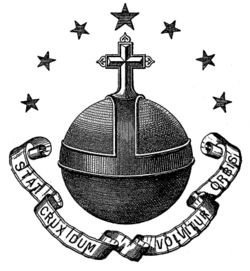
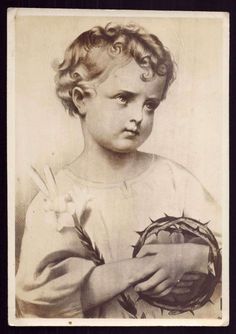
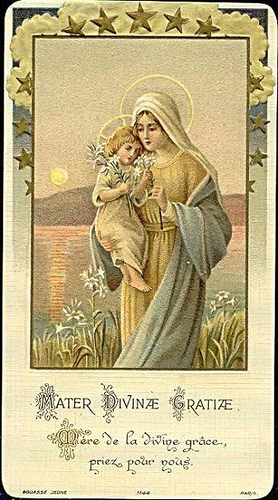
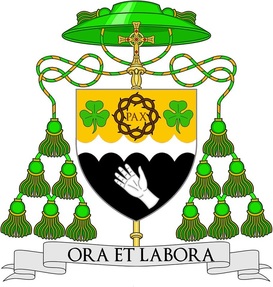
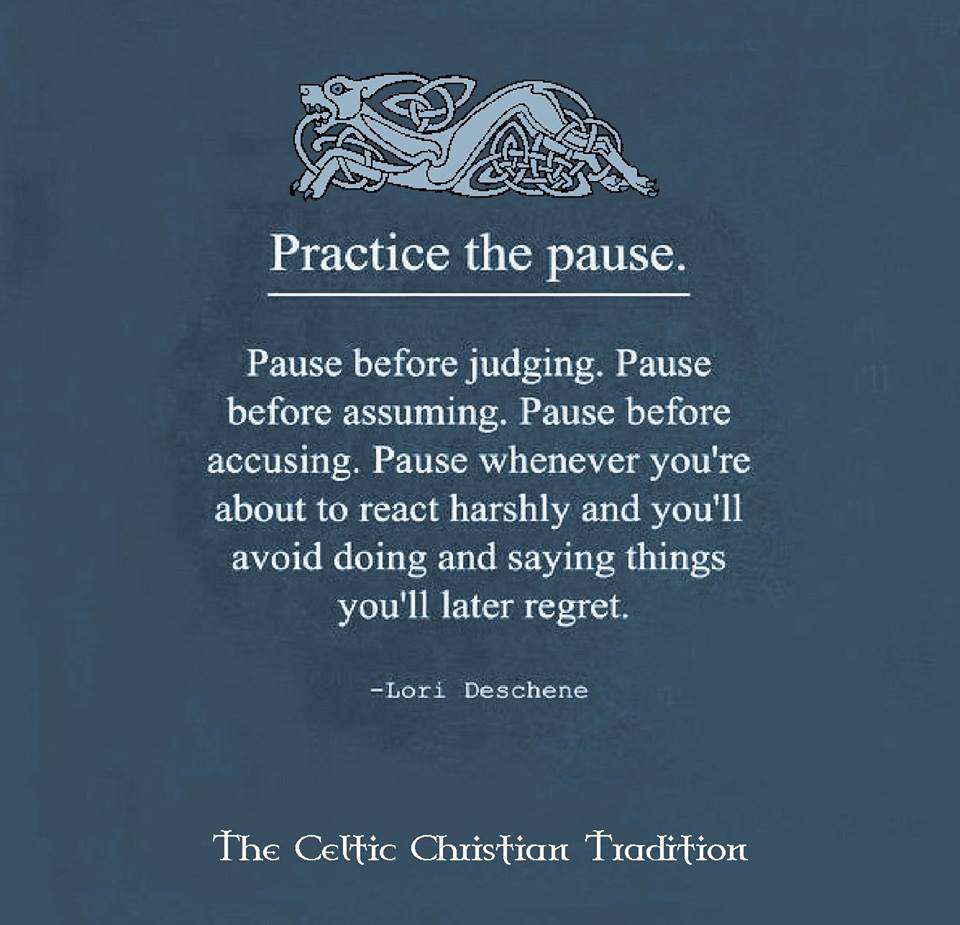
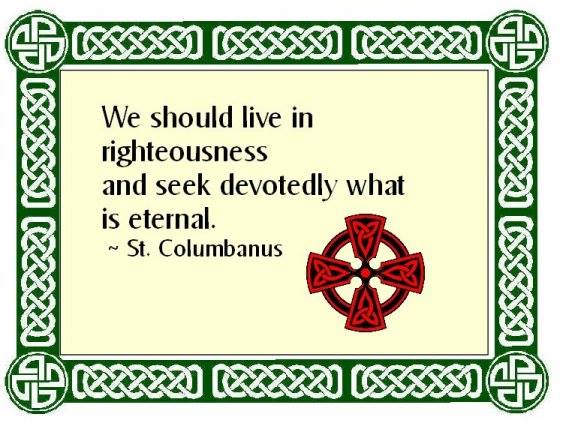
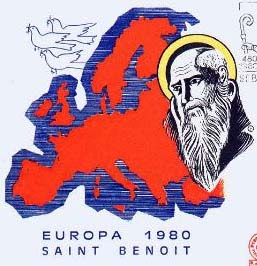
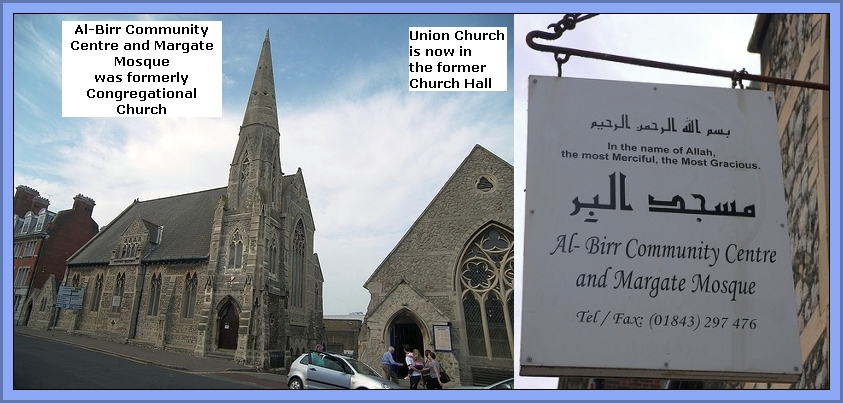
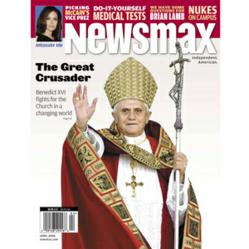
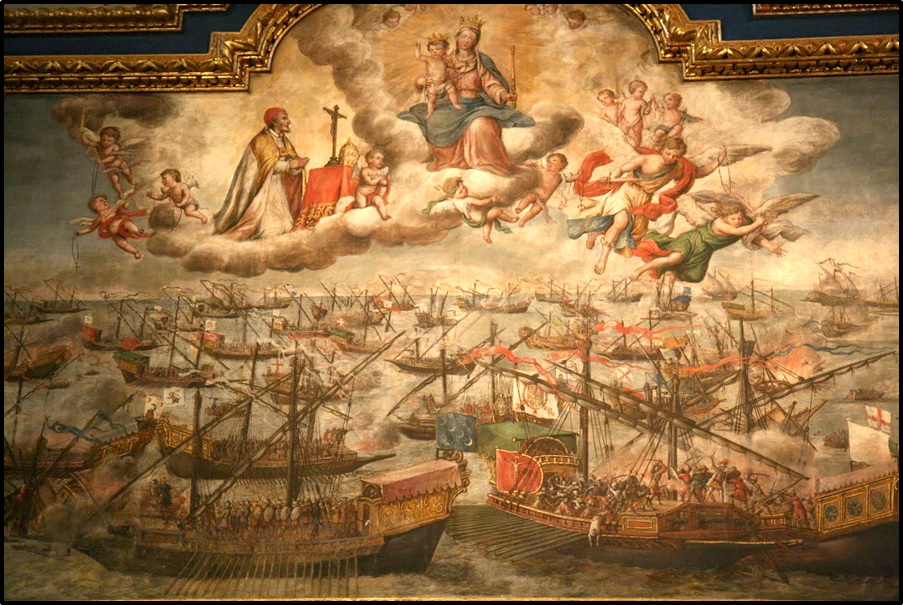
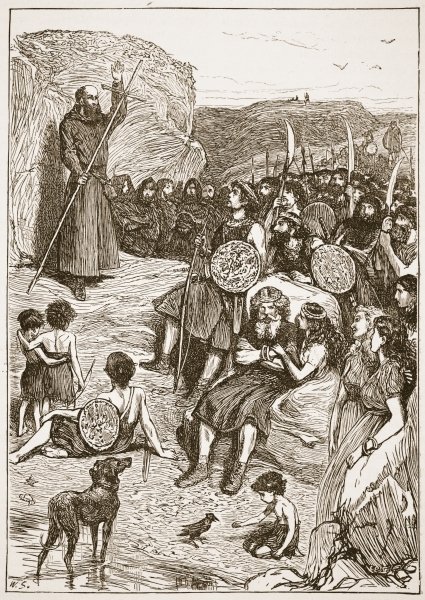
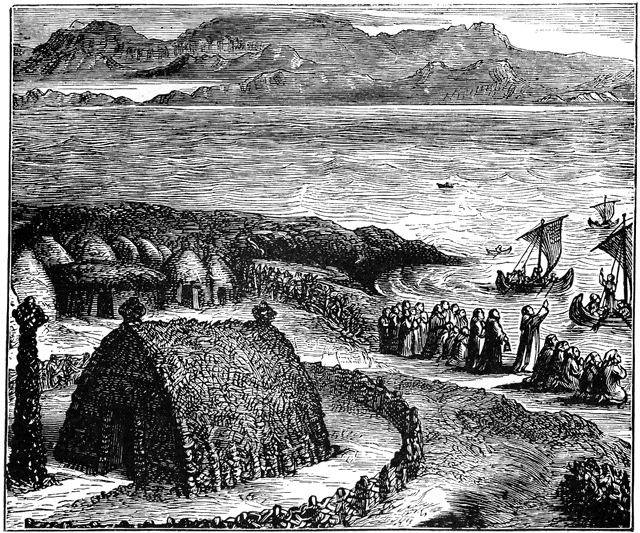
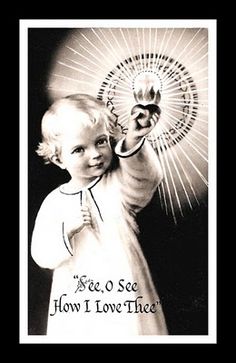
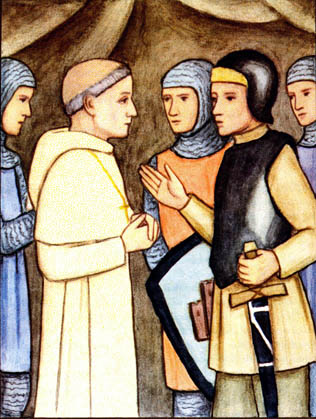
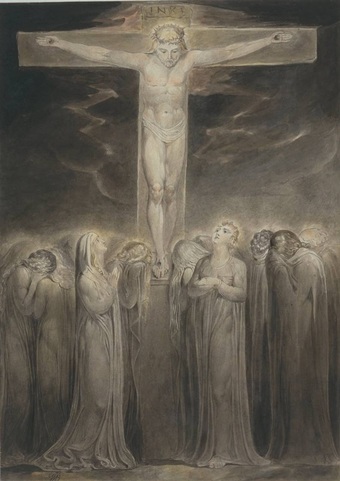
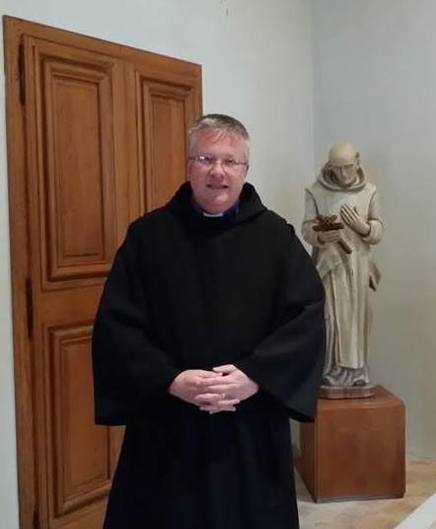
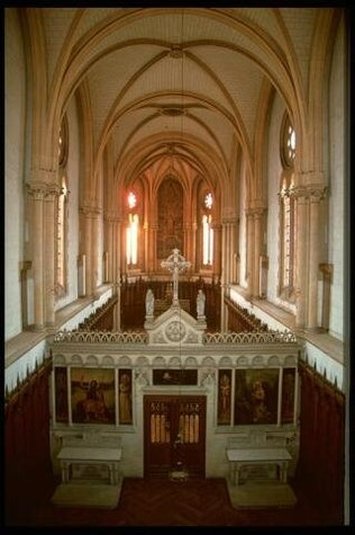
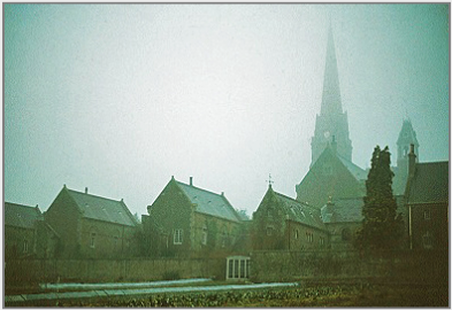
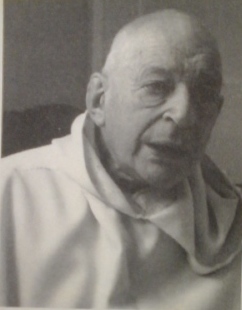
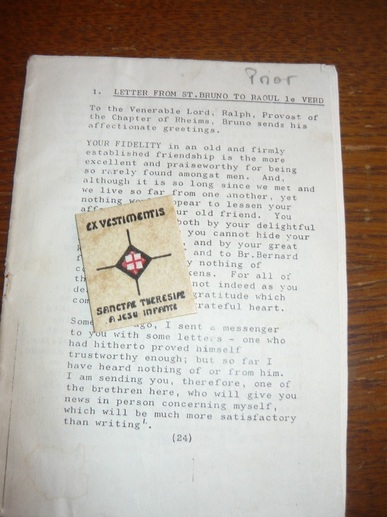
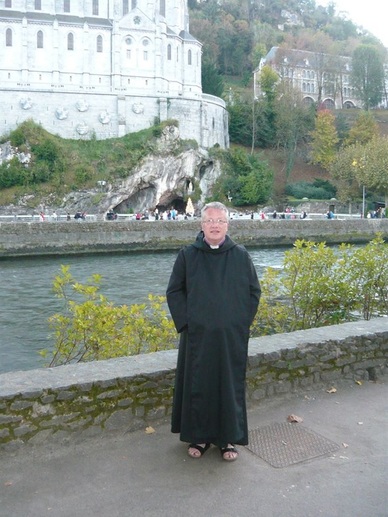
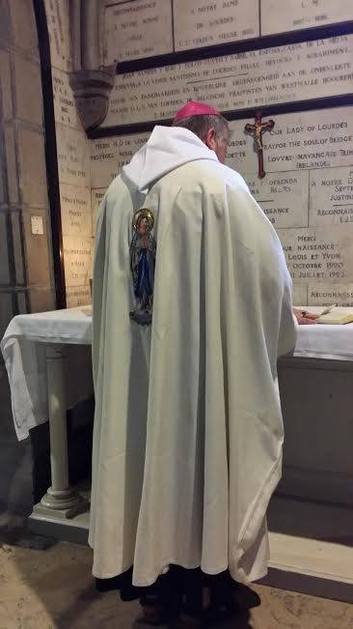
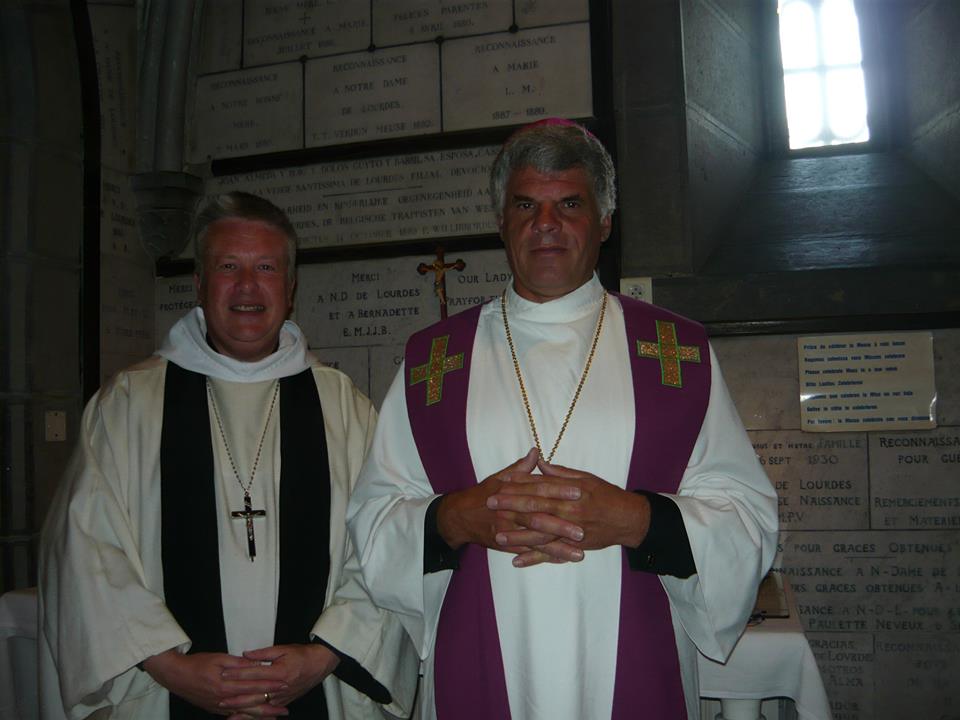
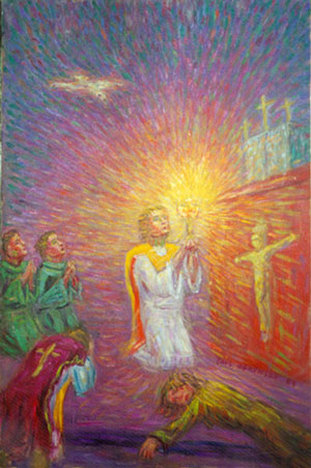
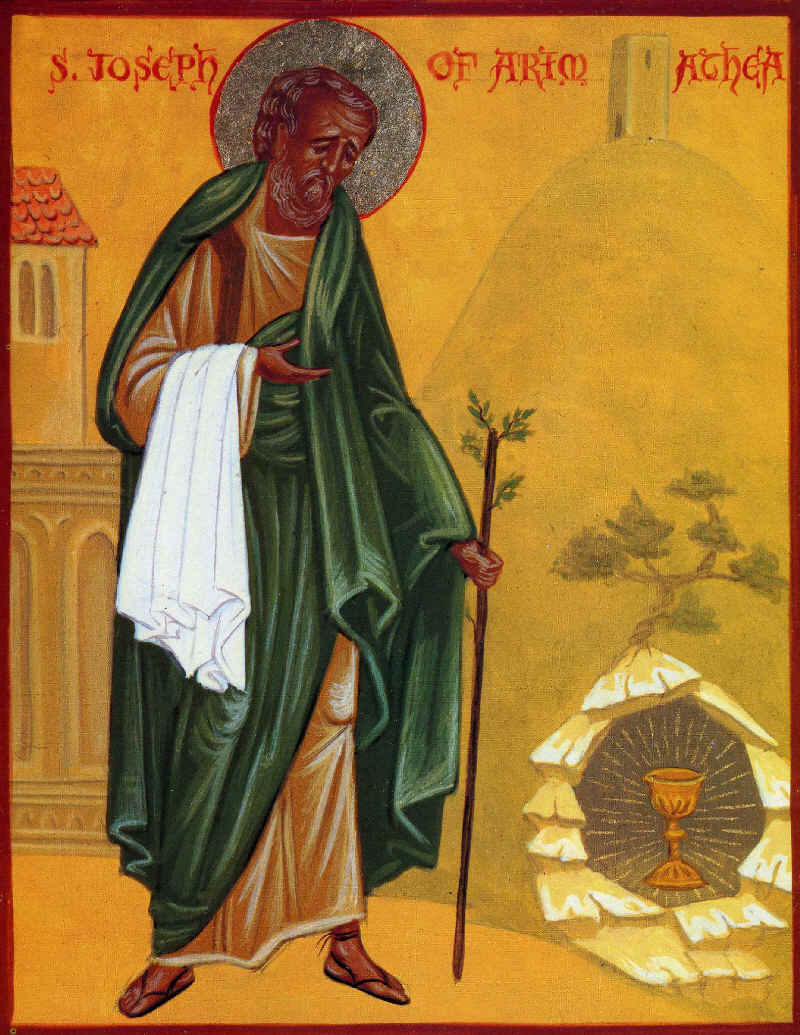
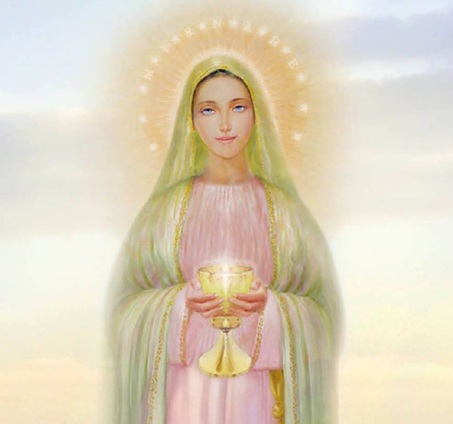
 RSS Feed
RSS Feed
